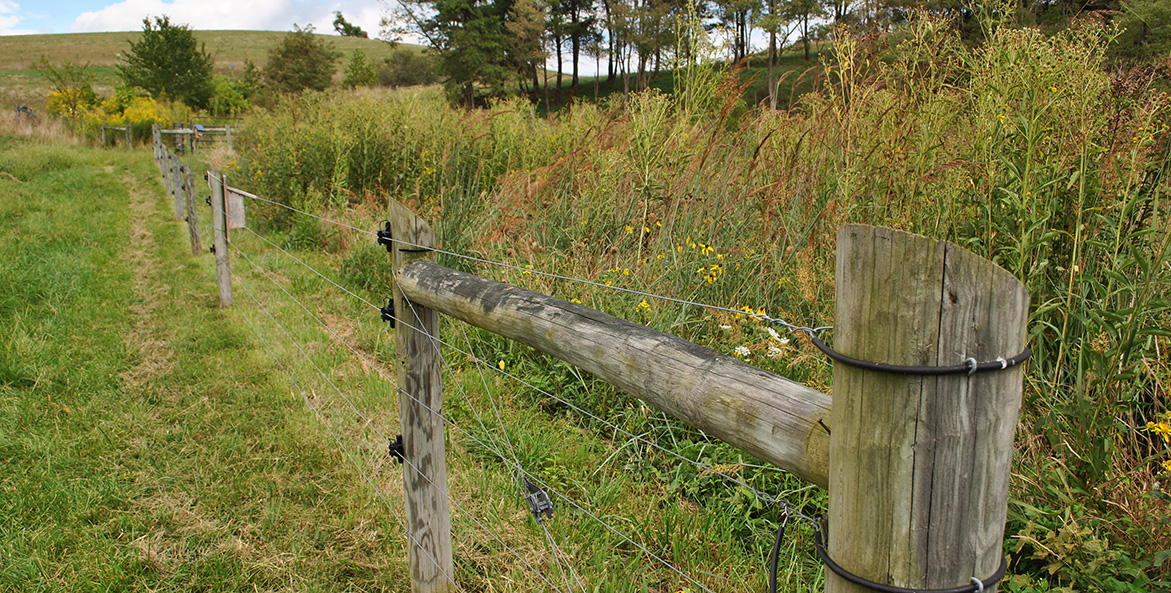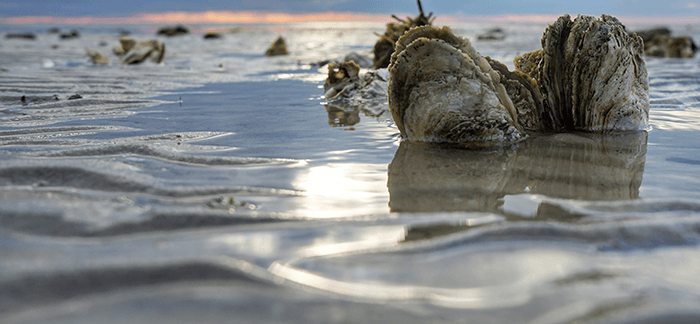Imagine clear running streams; tidal waters brimming with oysters, crabs, and rockfish; natural shorelines that protect us from flooding; cleaner air to breathe; communities bursting with trees; and farms that produce healthy abundant food while remaining economically viable and environmentally friendly.
We can make this vision a reality. The next four years are critical to keeping Virginia on the path to clean water. CBF recommends that elected officials, including Virginia’s next governor, support the following five environmental priorities.
1. Restore and protect our waterways for fish, wildlife, and people.
The next governor will enter office at a pivotal time in the nearly half century of work to restore the Chesapeake Bay. By next January, the Chesapeake Bay Watershed Agreement between Bay states and the federal government will have been updated. At the same time, the federal government is cutting back environmental staff and funding. This creates an urgent need for the next governor and other elected officials to enter office ready to redouble the state’s efforts to finish the job of restoring the Bay.
Elected officials in Virginia need to:
- continue robust investments in local wastewater, stormwater, and agricultural pollution reductions to help protect valuable fisheries like oysters, blue crabs, menhaden, and rockfish;
- expand the new “Pay for Outcomes” program, which pays for pollution reductions when they are achieved, helping the state maximize its return on its conservation investments;
- expand the restoration and protection of wetlands, living shorelines, and green spaces that buffer our homes from flood waters and nurture wildlife; and
- increase the Commonwealth's investment in environmental education for students so the next generation of Virginians can sustain and build on the progress of today.
2. Create a safe and climate-resilient Virginia to secure our economy, environment, and communities.
Whether it be rising seas and subsiding lands in Hampton Roads, weekly flooding along the I-95 corridor, or devastating storms in Appalachia, Virginia is not prepared for climate change. Our elected officials will need to help catch us up, by further planning for and funding the projects necessary to create a more climate safe and resilient Commonwealth.
- The next administration must immediately rejoin the Regional Greenhouse Gas Initiative (RGGI) to accelerate our reduction of greenhouse gas emissions, while generating significant funds to address the consequences of climate change.
- We need to ensure localities are developing plans that identify and budget for local projects that enhance resilience.
- With most shorelines privately owned, the Commonwealth must expand funding sources to help homeowners and businesses create coasts that can withstand rising seas and nurture aquatic life.
3. Safeguard Virginia’s diverse landscapes for future generations.
Virginia is home to incredible natural resources from our forests to rich wetlands to stunning shorelines. These resources serve Virginia’s environment and economy at no cost. However, we are losing many of these treasured and valuable lands at an alarming rate. To prevent more destruction of these landscapes, elected officials should support the following initiatives:
- expand communities’ authority to conserve and replant forests, streamside buffers, and urban trees to create cleaner and cooler waterways and communities;
- modernize the Chesapeake Bay Preservation Act (CBPA)—which empowers localities to protect lands adjacent to our waterways—to include setting more stringent conditions for allowing building in or removal of CBPA buffers; and
- fully fund programs that acquire and preserve special lands under threat of development or that experience recurrent flooding so they can help absorb flood waters, provide habitat, and offer recreational opportunities.
4. Invest in Virginia farmers to both produce our food and keep waterways healthy.
Virginia’s agricultural sector has made significant progress over the last decade in reducing polluted runoff to local streams and the Bay, but there is still a lot of work to do. As federal farm assistance staff are being cut, it is more important than ever that Virginia step up to support our farmers’ efforts to reduce pollution and create healthy soils.
- The next governor can maintain robust support for our agricultural cost-share program and assure best return on the state’s investment.
- Additionally, the Commonwealth should work with farmers and researchers to identify and target agricultural hotspots and vulnerable areas that are prone to discharging pollution.
- Finally, elected officials should focus funding on more permanent practices, like forested buffers and stream fencing, that have long lasting benefits.
5. Stop toxics at their source, hold polluters accountable, and support our transition to clean energy.
Elected officials should bring a renewed focus on the environmental issues that most directly impact everyday citizens by going to the source and holding polluters accountable.
To do this, elected officials will need to take the following bold actions.
- Leaders must safeguard Virginians’ health in the face of emerging pollution challenges, like PFAS or “Forever Chemicals” and microplastics, which have been linked to negative impacts on human health. Virginia needs to identify the sources and best ways to treat these pollutants and develop a plan to prevent them from being introduced into our environment in the first place.
- Elected officials should expand the tools available to tackle industrial pollution in the face of federal rollbacks. We need to eliminate loopholes for polluters and make sure our agencies can bring meaningful penalties for major violations that deter bad actors.
- The state must speed up our transition to clean energy in a way that drives progress with the Virginia Clean Economy Act and respects local authority. Incentives are needed to strategically locate solar on degraded lands, parking lots, and rooftops so we can meet the rapidly increasing energy demands of tomorrow while protecting green spaces.



